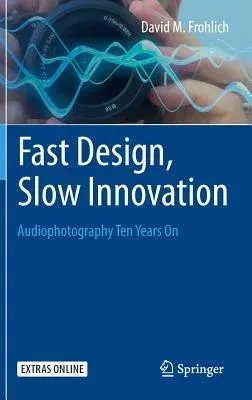As well as updating the manifesto for an audio photography technology
and practice, this book addresses issues in design history, the social
shaping of technology and the management of innovation. In particular,
it reveals the very different timescales over which design and
innovation operate, and the way in which design ideas evolve across
different research groups, companies and application areas.
The capture of photographs with sound is a simple idea, proposed 10
years ago, that has still not become widespread. In this new edition of
the seminal 2004 book on Audio photography, the author asks "Why?" A
journey through the book's citations and related commercial products
shows considerable progress in understanding the role of sound in
photography, and myriad design experiments to support audio visual
storytelling as a new media form. The book is a story in itself about
the "long nose of innovation", and a lesson about the need for patience
and persistence in the computer industry. To reinforce this point five
of the 2004 chapters are re-published in their original form. These
describe invariant properties of ambient musical, talking and
conversational photographs, and the possibility of playback from paper
as well as screen.
Fast Design, Slow Innovation will be of interest to researchers and
designers of new media systems and experiences, and to innovation
scholars or managers looking for a ten year case study of innovation in
action.

